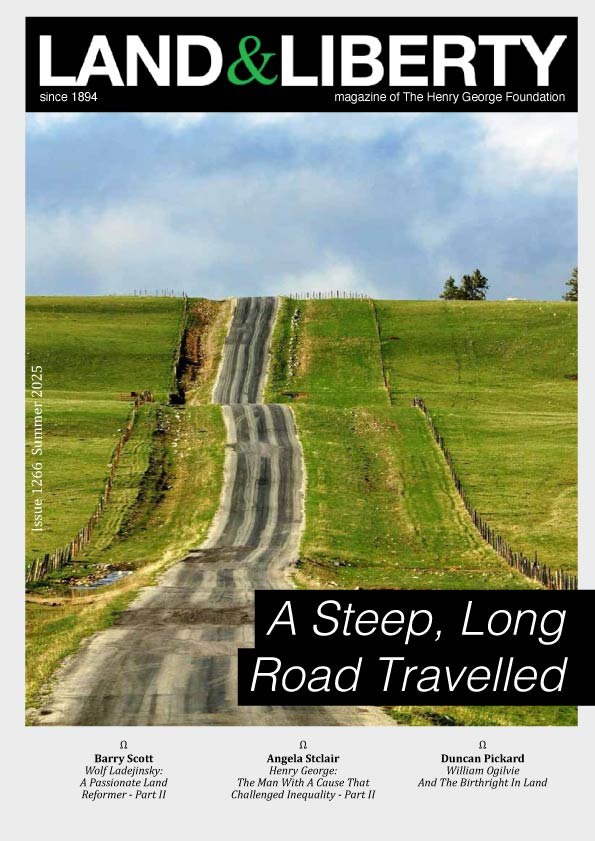Our Common Resources
The ways in which ownership and property rights are currently conceptualised and rules and regulations accepted by the majority affects the ways in which wealth is distributed within society. However, the way in which some of these rules and regulations are put into practice produces some contradictions that produce inequalities and injustices in the distribution of wealth that more rightly should be avoided.
A simple notion of common resources is that it includes those things that we are all entitled to use; it could also incorporate things that we all contribute towards producing. Hence air is a common resource, but so too are public roads.
A number of goods and services are provided for by government for which most people contribute to the cost of production through taxation. These common resources can significantly effect the value of land.
Three basic categories are used in economics to describe the physical world around us and how these interact with one another to produce wealth: land, labour and capital. Briefly, land comprises all natural resources, labour is the expense of human effort and capital is land that has been acted upon by labour. For example, I cut down a tree and shape it into a boat; the tree is a natural resource in this instance and so is land, my effort in cutting and shaping it is labour and capital is the tools I use to make the boat as well as the boat itself.
Donate Today
Bank Transfer
DonateHelp us minimise transaction fees and administrative costs by donating via bank transfer.
PayPal
To Gift Aid your donation, please request a Gift Aid Declaration Form >

